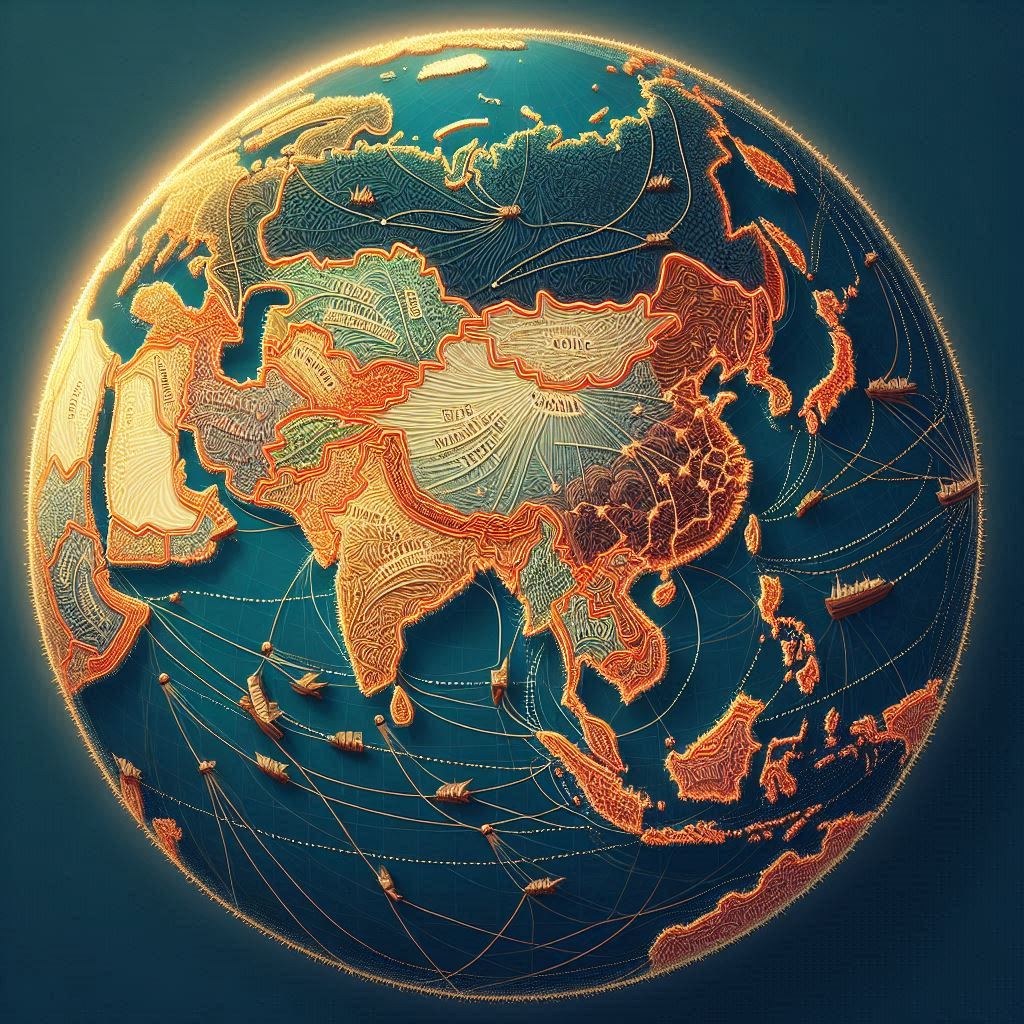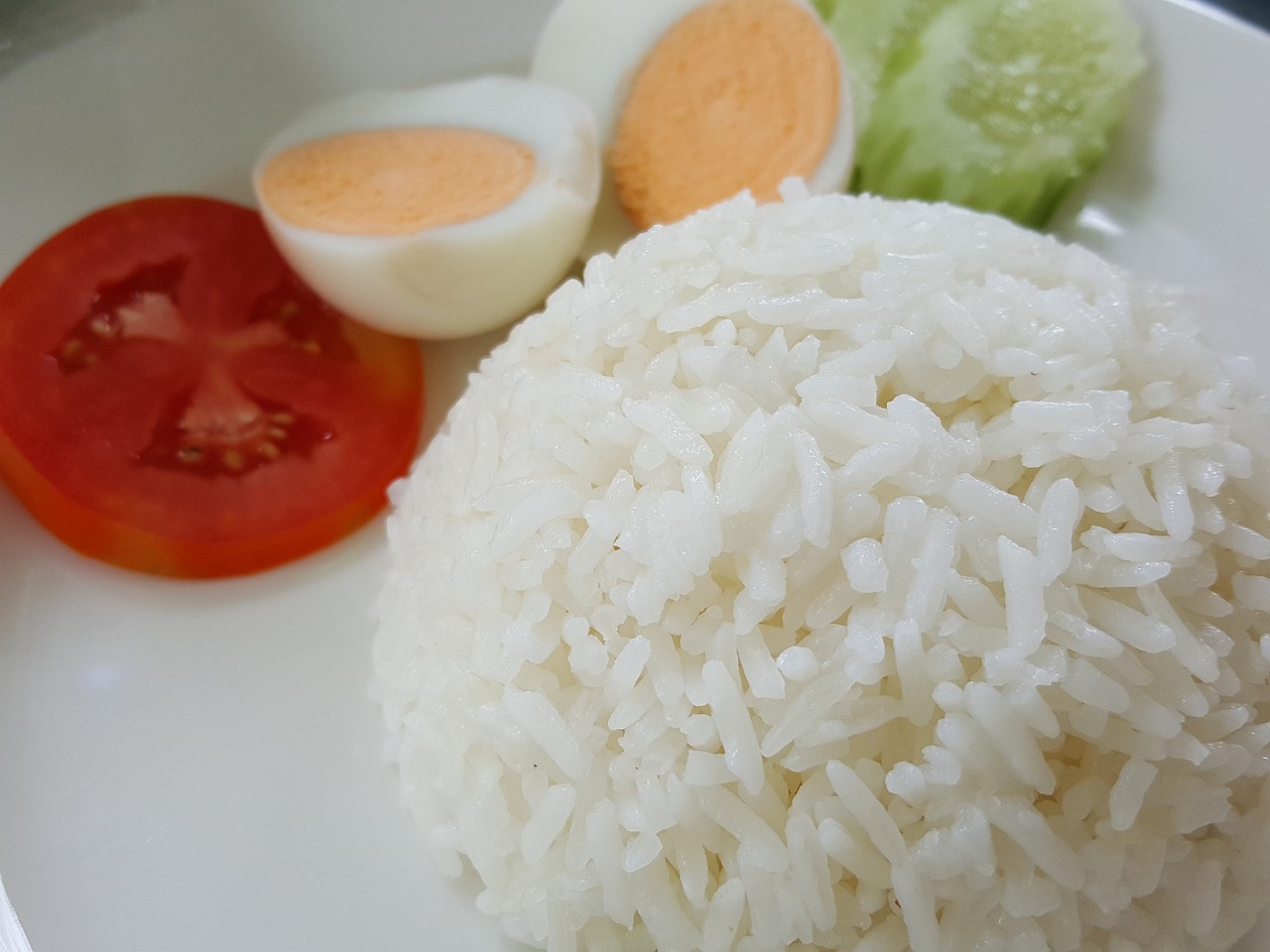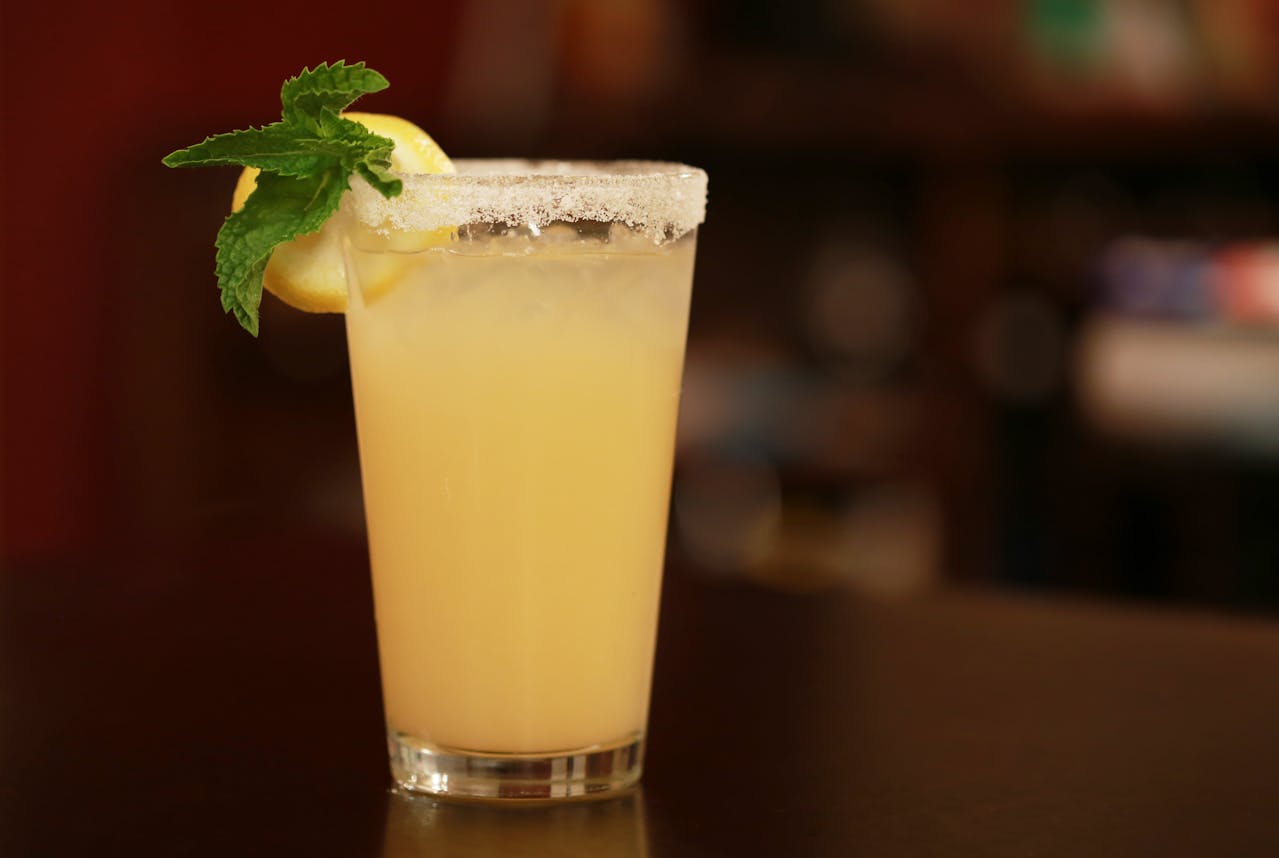The Global Dependence on Rice
Rice is a staple food for a significant portion of the global population. Approximately 50% of the world’s population relies on rice as a primary component of their daily diet. In India alone, the average per capita rice consumption was an impressive 105 kg in 2021. This highlights the critical role rice plays in nutrition and sustenance for billions of people.
The Origin of Rice: From the Yangtze River Basin to the World
The Early Days in China
The journey of rice as a global staple food began thousands of years ago in the Yangtze River basin in China. Archaeological evidence suggests that rice cultivation started in this region around 7000 BCE. Early Chinese farmers domesticated wild rice varieties, leading to the development of Oryza sativa, the species of rice most commonly consumed today.
Spread Across Asia
From China, rice cultivation spread to other parts of Asia, including India, Southeast Asia, and Japan. The migration of peoples, coupled with trade and cultural exchanges, facilitated the dissemination of rice farming techniques and varieties. By 2000 BCE, rice was being cultivated in the Indian subcontinent, where it became an integral part of the diet and culture.

Introduction to Other Continents
The spread of rice did not stop in Asia. Arab traders introduced rice to the Middle East and East Africa around 1000 CE. Later, during the Age of Exploration, European explorers and colonizers carried rice to the Americas and West Africa. In the 16th and 17th centuries, rice became established in these new regions, further solidifying its status as a global staple.
Celebrating Rice Harvests Across India
The Mythological Significance of Rice in Japan
Before we delve into the various rice harvest festivals in India, it’s worth noting the importance of rice in Japan. Rice is deeply woven into the cultural and historical fabric of Japan, playing a crucial role not just as a staple food but as a symbol of prosperity and spiritual significance.
Mythological Significance
Rice holds a revered place in Japanese mythology. According to classic texts like the Kojiki and Nihon Shoki, the sun goddess Amaterasu-Omikami is credited with inventing rice cultivation. This divine connection underscores the sacred status of rice in Japanese culture.

The Role of Emperor Jimmu
Emperor Jimmu, considered Japan’s first emperor, is mythologically celebrated for transforming the land into a place abundant with rice crops. His efforts in promoting rice cultivation are seen as foundational to the establishment of Japanese civilization.
Cultural Identity
The indigenous name for Japan, “Toyoashihara no Mizuho no Kuni,” translates to “the land where abundant rice shoots ripen beautifully.” This name highlights the country’s suitability for rice cultivation and the central role of rice in Japan’s identity and heritage.
Modern Relevance
In contemporary Japan, rice remains a dietary staple and a symbol of cultural heritage. It is integral to many traditional rituals, festivals, and daily meals, continuing to reinforce its significance in Japanese life.
Rice Harvest Festivals in India
India, too, celebrates the rice harvest with numerous festivals, each reflecting the unique cultural tapestry of its regions. Some of the notable rice harvest festivals include Pongal in Tamil Nadu, Makar Sankranti in various states, Onam in Kerala, Bihu in Assam, and NuaKhai in Odisha. These festivals are not only a time for celebration but also an expression of gratitude for the bountiful harvest.
NuaKhai: A Detailed Look
What is NuaKhai?
NuaKhai, which means “eating new rice,” is a significant harvest festival celebrated in the state of Odisha, particularly among the agrarian communities. It marks the consumption of the first harvested rice of the season, symbolizing prosperity and well-being.

The Significance of NuaKhai
Cultural Heritage: NuaKhai is deeply rooted in the cultural heritage of Western Odisha. It is a day of unity, where families come together to celebrate the new harvest and strengthen social bonds.
Agricultural Importance: The festival underscores the importance of agriculture in the region, highlighting the reliance on rice as a staple food and economic resource.
Rituals and Celebrations
Preparation: Preparations for NuaKhai begin well in advance. Homes are cleaned, and special dishes are prepared using the new rice. Traditional attire is worn, and the entire community participates in the festivities.
The Ritual of Nabanna: The central ritual involves offering the first grains of the harvested rice to the deities. This is known as Nabanna. Prayers are conducted to thank the gods for a successful harvest and to seek blessings for future prosperity.
Community Feasting: After the rituals, families and communities gather to share a meal made from the new rice. This communal feast is a symbol of unity and collective gratitude.
Cultural Programs: The day is filled with cultural programs, including folk songs, dances, and traditional games. These activities reflect the rich cultural heritage of the region and provide entertainment for all age groups.
The Impact of NuaKhai
NuaKhai is more than just a harvest festival; it is a celebration of life, culture, and community. It reinforces the significance of rice in daily life and agricultural practices, and it fosters a sense of togetherness and gratitude among the people of Odisha.
Conclusion
Rice, a staple food for half of the world’s population, plays an indispensable role in daily diets, particularly in countries like India and Japan. Its journey from the Yangtze River basin in China to becoming a global staple underscores its adaptability and nutritional importance. In India, rice harvests are celebrated with various festivals such as Pongal, Makar Sankranti, Onam, Bihu, and NuaKhai, each reflecting the cultural significance of rice. Meanwhile, in Japan, rice is deeply embedded in the cultural and historical narrative, highlighted by its mythological connections and continued relevance.
We hope this exploration of rice’s significance has been enlightening. In our next article, we will delve deeper into the world of rice, addressing the debate on whether white rice or brown rice is better, along with other intriguing aspects. Stay tuned for more insights into this essential grain. Share this knowledge with your friends and family to spread awareness of the rich traditions and importance of rice in our lives.




